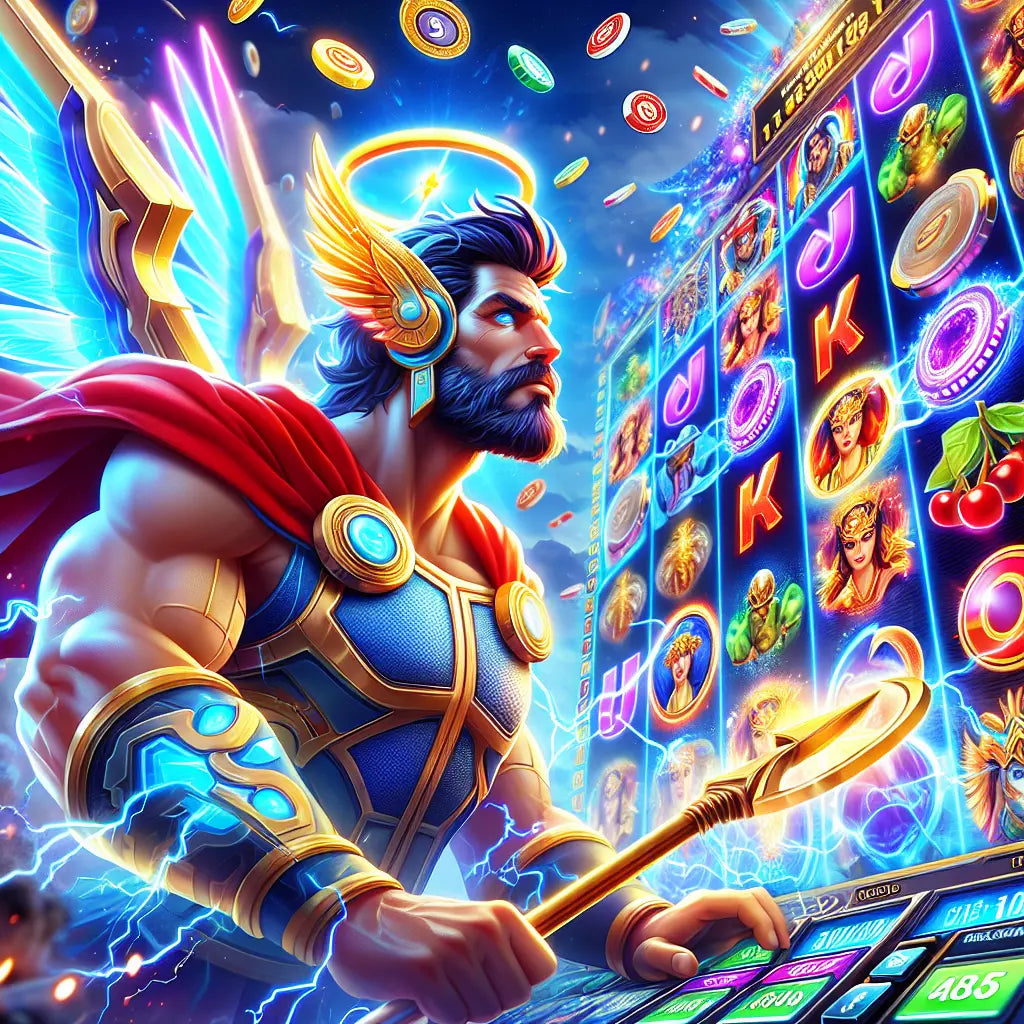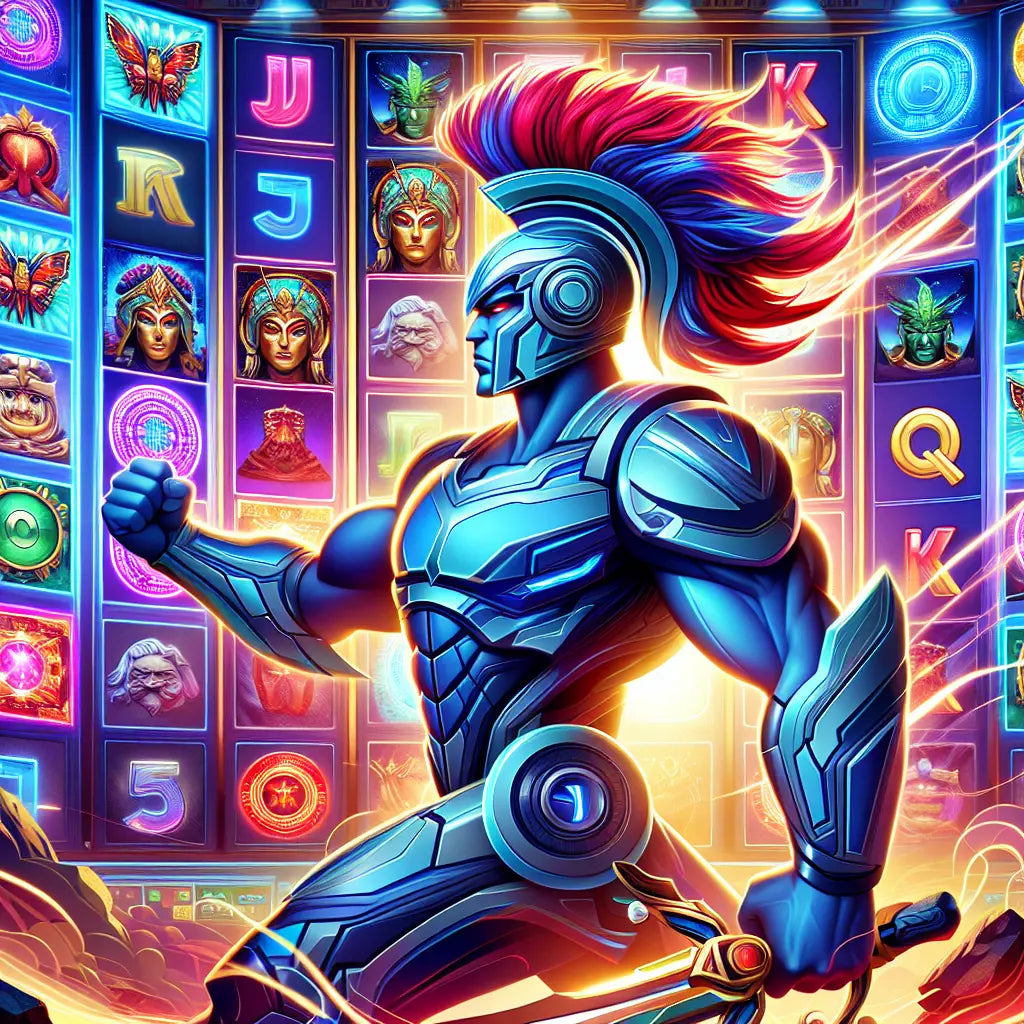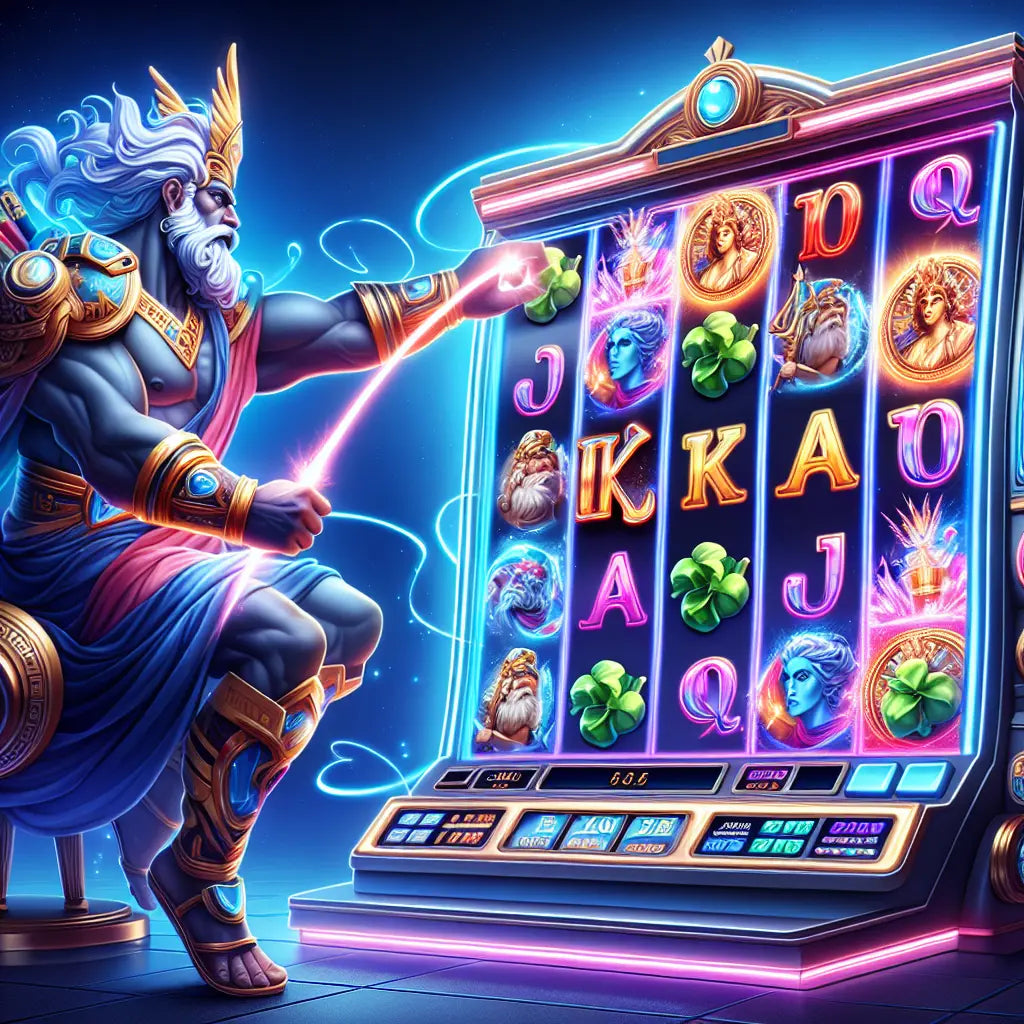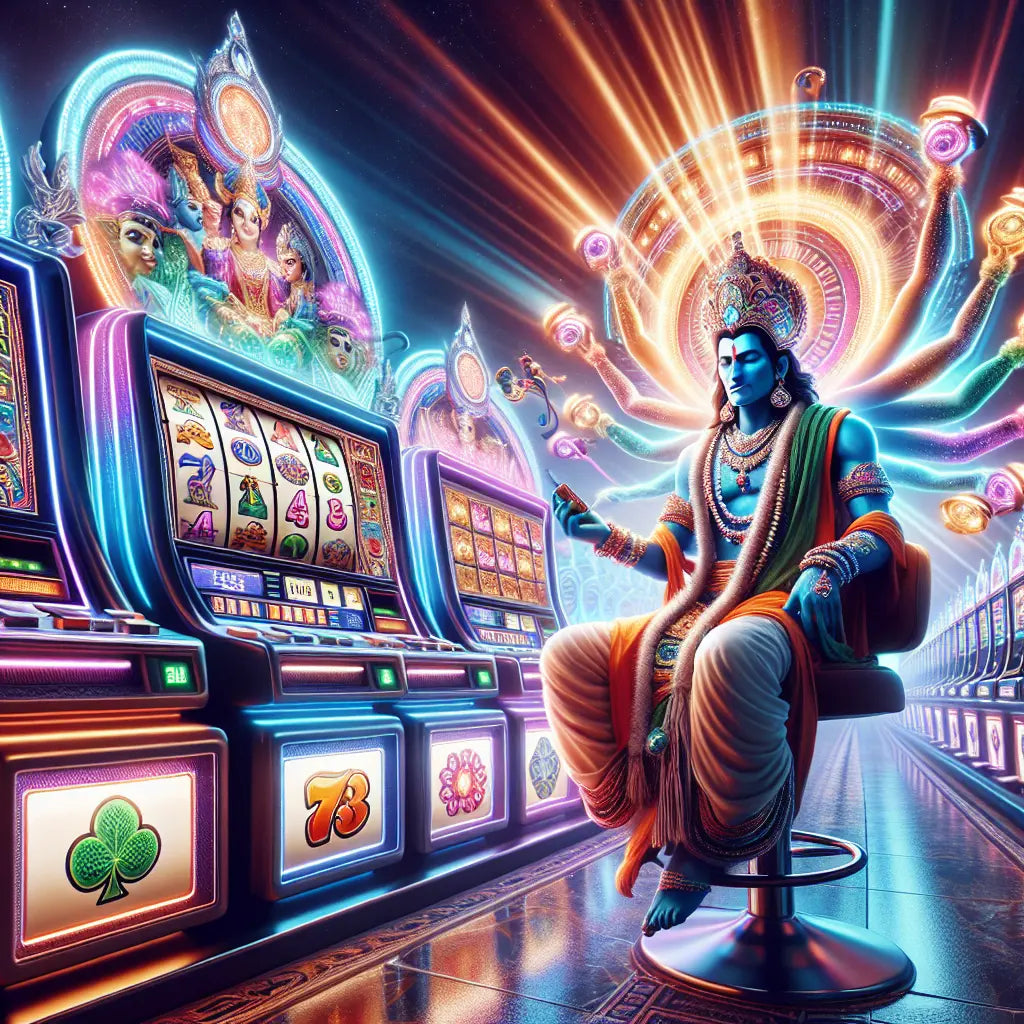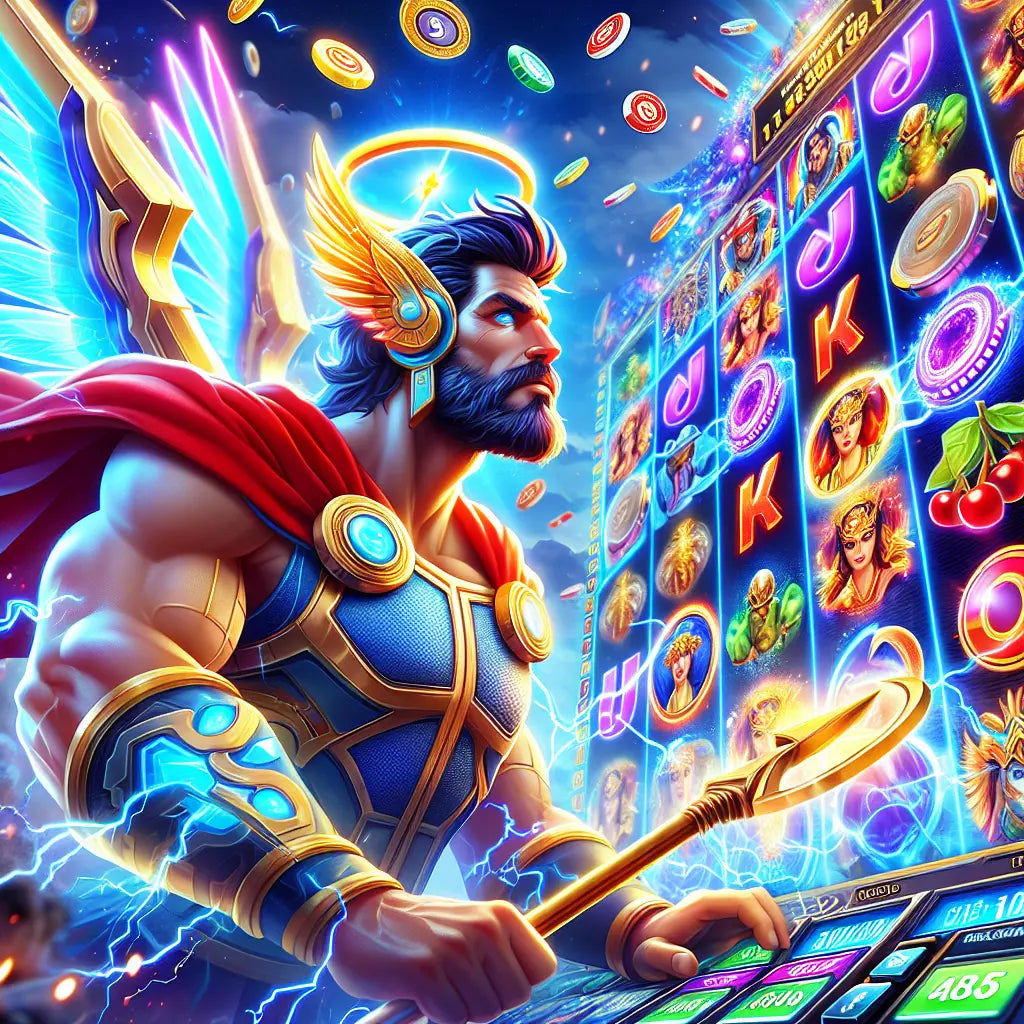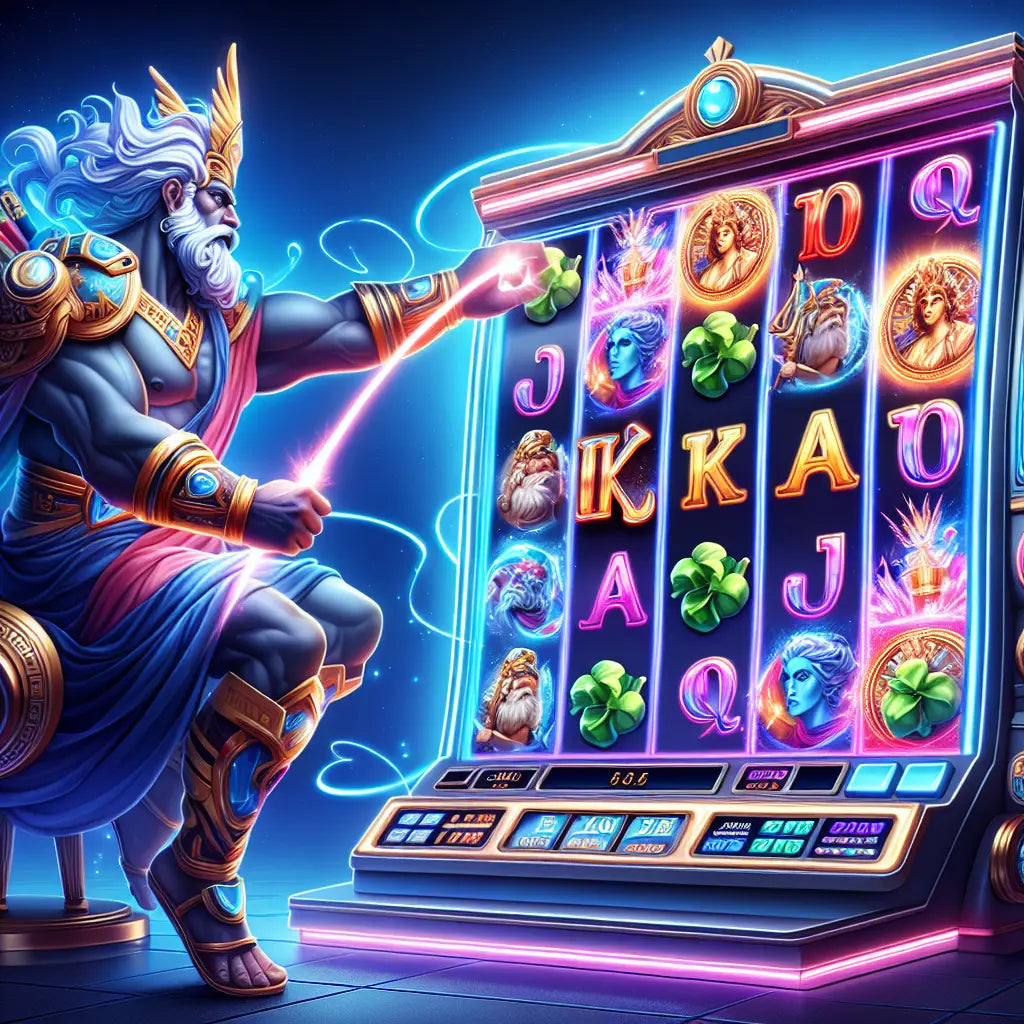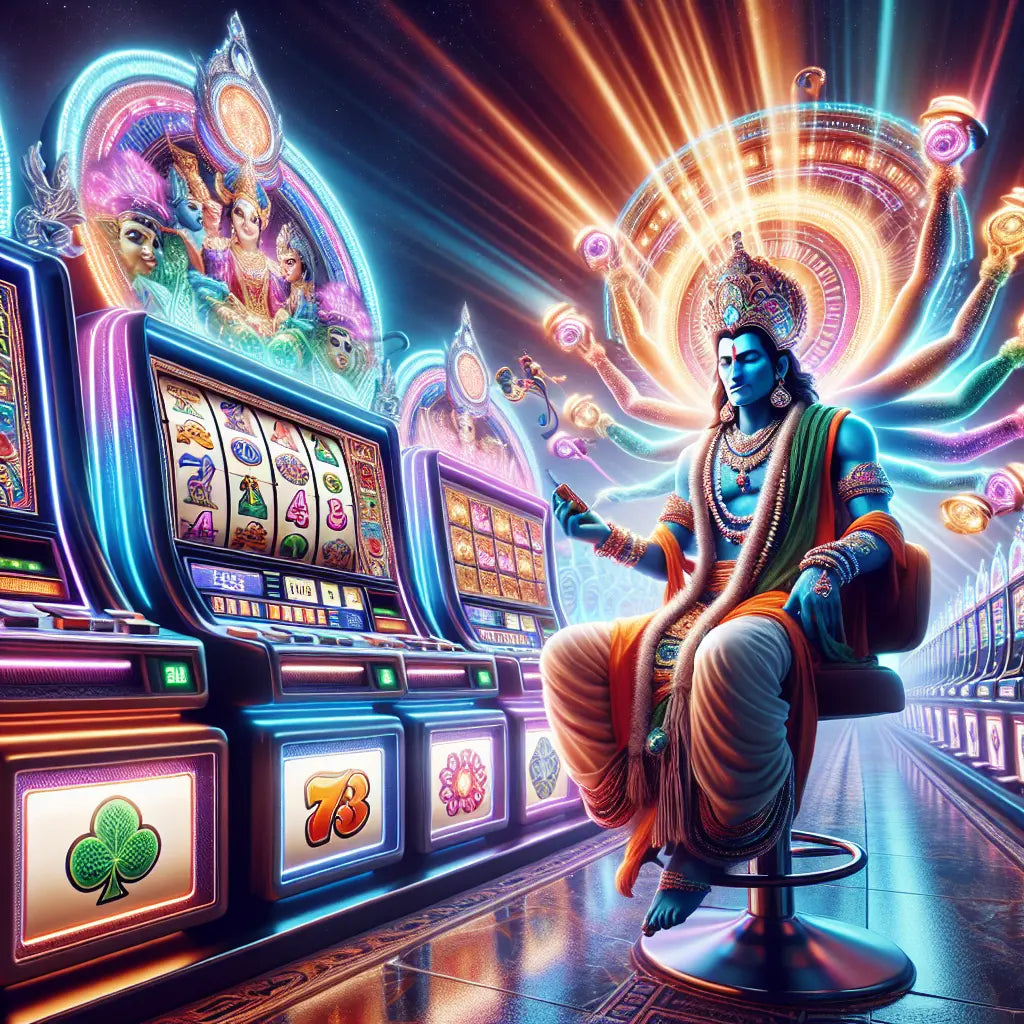SLOT GACOR
Situs Judi Slot Online Terpercaya 2024: Gacor Maxwin dan Gampang Menang
Situs Judi Slot Online Terpercaya 2024: Gacor Maxwin dan Gampang Menang
Couldn't load pickup availability
Selamat datang di Slotkuni, tempatnya para pecinta slot online! Kamu pasti ingin merasakan sensasi kemenangan besar, bukan? Kami punya beragam permainan slot gacor yang bisa Kamu mainkan dengan mudah. Daftar sekarang juga dan jadilah bagian dari komunitas kami yang selalu meraih kemenangan! Dengan link situs judi slot online terpercaya seperti kami, Kamu bisa menikmati pengalaman bermain yang aman dan nyaman. Tak hanya itu, Kami juga menawarkan game slot gacor dengan jackpot maksimum (maxwin) yang menggiurkan. Jadi, tunggu apa lagi? Bergabunglah sekarang dan raih kesempatan untuk menjadi pemenang di slot online gacor terpercaya!
Kami hadir untuk memenuhi kebutuhan Kamu akan permainan slot online yang gampang dimainkan dan memberikan peluang besar untuk menang. Dengan ragam permainan yang tersedia di Slotkuni, Kamu bisa menemukan slot88 favoritmu dan berpeluang meraih kemenangan dengan mudah. Jadilah bagian dari situs judi slot online gacor terpercaya yang selalu siap memberikan pengalaman bermain terbaik untuk Kamu. Bersama Kami, Kamu tidak hanya akan merasakan keseruan bermain, tetapi juga meraih keuntungan besar. Jangan lewatkan kesempatan Kamu untuk bergabung dengan komunitas judi online yang gacor dan terpercaya. Daftar sekarang dan buktikan sendiri sensasi kemenangan di Slotkuni!
Share

